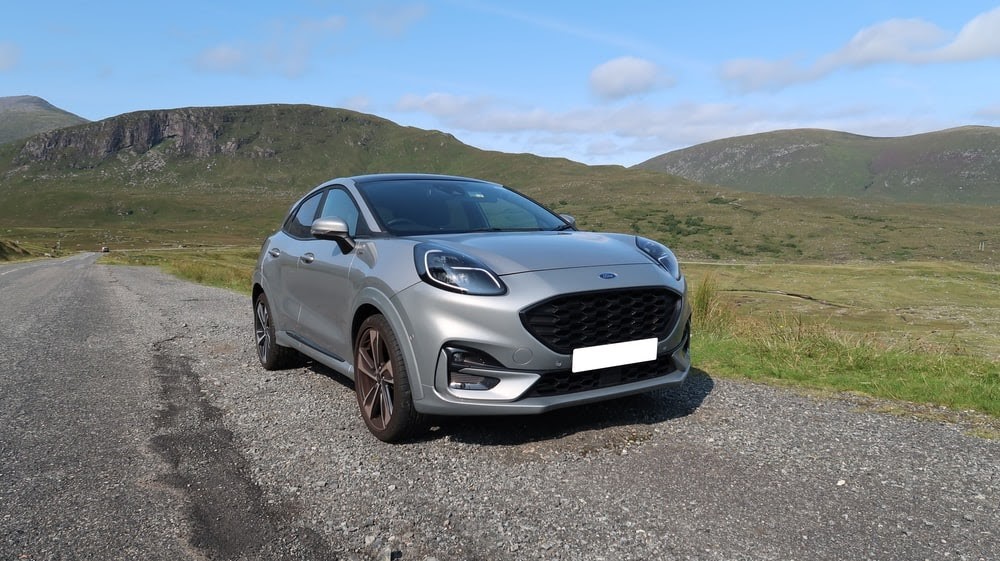It can be hard to know where to begin when buying a car. Researching different cars can help first-time or repeat car buyers make a decision. Once you know which car you want, you should also consider whether it would be best to buy a car or to rather just lease.
Your choice will determine your expenses in the long run.
Here are some tips to help any future car owner make a cash-savvy decision when entering the confusing world of car buying.
1) Why Do You Need a Car?
Finding the right car will depend on what you require the car for. Do you want a statement car to show off your wealth, or a practical car that is less expensive but have a better fuel efficiency (like the Ford Puma)?
Consider fuel consumption, functionality, car price and comfort when looking to buy a new car. The type of car you get will also influence your car insurance policy.
Here are a few things to keep in mind:
- Will I be carrying passengers?
- Will I be going mostly on highways at higher speeds, or off-road?
- Do I have a long commute? (This will determine the fuel consumption and carbon footprint)
- What features are important? (Including reverse camera, air conditioner, parking assist, infotainment system)
- What safety features do I want (blind-spot monitoring, autonomous emergency braking, lane departure warning, traffic sign recognition)
- Do I need a lot of cargo storage?
2) Save Money With a Budget
Depending on your financial situation, you may have to think about financing if you are not paying cash. Monthly payments should not exceed 15% of your monthly income. If you are thinking of a long-term lease, then try to not pay more than 10% of your monthly income.
You should also budget for fuel, insurance, services and unexpected repairs.
3) Lease, or Buy a New or Used Car?
Leasing will keep your monthly costs down but is only temporary and you will still have to shop for another car when the lease ends. Buying a car will cost more money initially, but once you have paid off your loan, the car will be yours.
Leasing
- You can get an expensive car for less money.
- You can regularly upgrade to newer cars.
- Repairs will be covered under the warranty.
- You don’t have to worry about trade-in at the end of the lease.
Buying
- You can sell the car whenever you want.
- The car can be modified.
- You don’t have to pay mileage penalties.
- Expenses will be lower in the long run, and you can shop around for the best price for services.
4) Consider Other Cars
You may have your heart set on one car, but with so many options in showrooms, it is best that you look at other cars.
You should research and compare different cars to find one that is perfect for you. You can also look at other cars offered by your preferred manufacturer, or look at similar cars within your budget.
5) Look at All the Car Expenses
Some older vehicles may be less expensive to buy at the start, but they become more expensive to own when you have to buy insurance or pay for maintenance.
Estimate all potential car costs when considering car ownership, as leasing may be a more affordable option.
6) Find Cars for Sale
You no longer have to go to dealerships to look at new cars. Most dealerships list their cars online.
You can also look outside of your immediate area by researching dealerships in other states and finding the best deal for you.
7) Test Drive Your Chosen Car
Once you are done with your online or in-person car shopping, it is time to set up a test drive.
It is best to set up an appointment so that you know the car will be waiting for you. Try to schedule a test drive for more than one car, that way it will be easier to compare.
8) Keep an Eye Out During the Test Drive
A car may seem great on paper, but the true test comes when you get into the driver’s seat.
Try to take the car on roads where you will have to sit in stop-and-go traffic, and on the highway. You should drive up steep hills, take tight corners, go over bumps, and test the brakes.
Sit in the back seat and check out the boot space. Try out the infotainment system and radio volume. Don’t be afraid to ask questions.
9) Pick Your New Car
After test-driving, you should have a clear idea of which car to buy. If you don’t, take some time to mull it over, or drive more cars.
10) Take the Leap
It is finally time to buy or lease your car. After all these steps, you should’ve found the right car that will save you money.
Whether you pay cash or finance the purchase, proper research would’ve helped you make the best decision for your budget.















